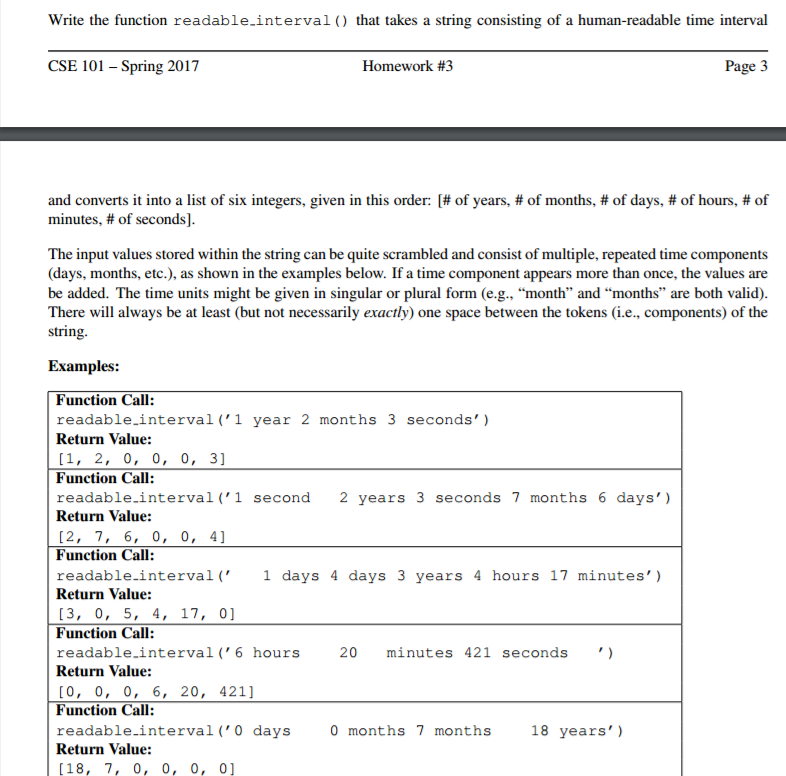How to use Date and Time in Python
❤️ Click here: List of dates in a year python
Unfortunately, I suspect that will screw it up for other years where there are only 52 but I don't know this dateutil package so someone who does would have to say for sure. Note that no concrete classes are supplied by the module. Step 3 Next, we print the date and run the code. All days in a new year preceding the first Sunday are considered to be in week 0.

Objects A object represents a date year, month and day in an idealized calendar, the current Gregorian calendar indefinitely extended in both directions. The default implementations of astimezone and may not produce the result you want if the result is one of the hours straddling the moment the standard offset changes. See The power of Pandas is really its dataframes, which support vectorized operations much like numpy that make operations across large quantities of data very fast and easy.

How to format dates in Python using strftime? - The ISO calendar is a widely used variant of the Gregorian calendar.

A Python program can handle date and time in several ways. Converting between date formats is a common chore for computers. Python's time and calendar modules help track dates and times. Time intervals are floating-point numbers in units of seconds. Particular instants in time are expressed in seconds since 12:00am, January 1, 1970 epoch. There is a popular time module available in Python which provides functions for working with times, and for converting between representations. However, dates before the epoch cannot be represented in this form. Dates in the far future also cannot be represented this way - the cutoff point is sometime in 2038 for UNIX and Windows. Function with Description 1 The offset of the local DST timezone, in seconds west of UTC, if one is defined. This is negative if the local DST timezone is east of UTC as in Western Europe, including the UK. Only use this if daylight is nonzero. To measure computational costs of different approaches, the value of time. The environment variable TZ specifies how this is done. Attribute with Description 1 time. The calendar Module The calendar module supplies calendar-related functions, including functions to print a text calendar for a given month or year. By default, calendar takes Monday as the first day of the week and Sunday as the last one. To change this, call calendar. Function with Description 1 calendar. By default, when calendar is first imported, this is 0, meaning Monday. Each sublist denotes a week. Days outside month month of year year are set to 0; days within the month are set to their day-of-month, 1 and up. The first one is the code of the weekday for the first day of the month month in year year; the second one is the number of days in the month. Weekday codes are 0 Monday to 6 Sunday ; month numbers are 1 to 12. Weekday codes are 0 Monday to 6 Sunday. Weekday codes are 0 Monday to 6 Sunday ; month numbers are 1 January to 12 December.
Python - Date & Time
The module exports the following constants: datetime. AM %M Ring as a zero-padded decimal number. In the case of the datetime, the format is the same used in strftime. See also The standard library has no instances, but there exists a third-party library which brings the IANA timezone database also known as the Olson database to Python: pytz. To print this, we will be using the strftime method. If you merely want to remove the time zone object from an aware datetime dt without conversion of date and time data, use dt. The century of the year will not display as shown in the screenshot below Step 3 Strf glad can declare the date, day, month and year separately.



